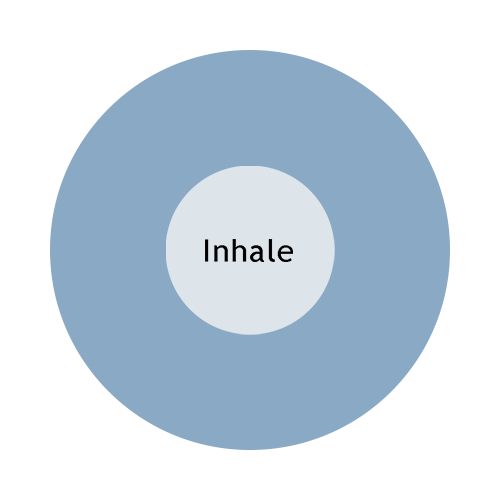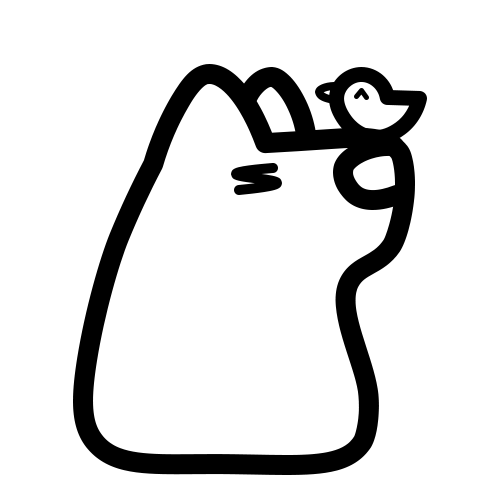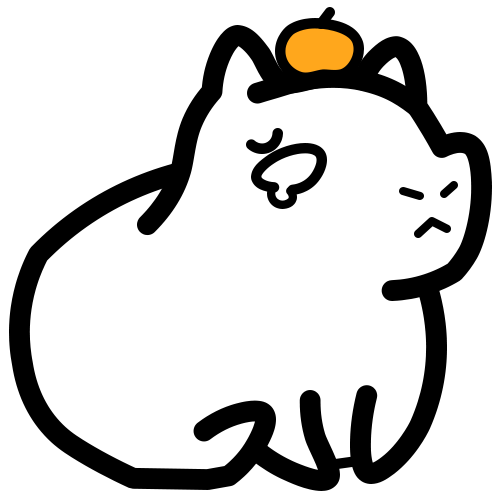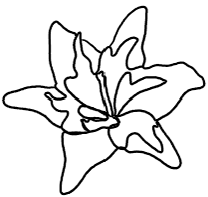Project Overview
Nudge is an emotional support network solution my team presented at the 2021 Citrus Hackathon.
Problem
The hardest part of dealing with mental health is reaching out for help—people are worried about how they may be perceived, they don’t know how to find the words, or they feel guilty of being a burden.
Solution
Nudge helps all people build a healthy support network, provides an outlet for showing affection and creates a clear path for outreach during challenging times.
Team
Irene Hou, Kerry Zhu,
Sean Tran
Scope
Persona Development,
Wireframing, UI/UX Design,
Graphics
Timeline
~36 hours, April 2021
Tools
Figma, Adobe Photoshop,
Android Studio [Java],
Firebase
Background
The COVID-19 pandemic has lead to a greater mental health crisis but there is a gap in asking and receiving support.
When CitrusHack released its prompts, our team immediately had a few ideas in the category of wellness. As college students who face moods of uncertainty and anxiety on the daily, we have struggled immensely with building a strong support network, especially during a time when isolation is the norm. Not only that, but we did not know exactly how to show our love and care for the people around us. Inspired by our own struggles, we created Nudge to offer students and, most importantly, independent people like us, an outlet for showing affection and a clear path for support during challenging times.
We developed two different user personas that enabled us to better empathize with the end-user and follow a human-centered process throughout.
Design
Define & Ideate
After many iterative drafts and inspiration-boards, we came up with a single user need and goal: People need a way to ground themselves when they are having anxiety attacks. After we storyboarded our potential problem and solution and developed the ideal user persona, we sketched a couple low-fidelity screens.
Reducing steps needed to seek help.
Limiting responses to relieve the mental burden.
Key Principles
In our design, we wanted to emphasize the following key principles:
1. Nudge must be appealing to all genders, ages, and aesthetics—and therefore gender- neutrality and age-neutrality were something we strived for.
2. Nudge must aim to evoke a sense of calmness, comfort, and peace for its users.
3. Nudge must be structured and simple. Knowing that our users could be in the midst of a panic attack, facing a lack of motivation, dealing with chronic pain, or depression drove us to develop an intuitive design to ease the user's goal of seeking help.
Graphics
I created some friendly capybaras using Adobe Photoshop.
Capybaras are gentle creatures known to get along well with other animals. Their pleasant nature is the reason we decided on the capybara as our mascot. Also, they're so gosh-darn cute.
The animated graphics help ground users as they wait for their call for help to be received from another end. On the other hand, the line-art images are used in the backgrounds.







High Fidelity ProtoTyping Our solution
Easy and Direct Call for Help
By constraining users to a few alert buttons, the burden of reaching out is minimized. Simple, direct phrases help reduce decision fatigue.
Receive Messages Through Your Preferred Method of Contact
People can choose methods of contact that is most comfortable for them and will allow others to reach them the easiest.
Signal Emotional State with Online Icon Status
Green notifies others that you are available to be directly contacted, whereas a grey icon may indicate that you are emotionally unavailable. Having a visible signifier aids in better communication of the lesser apparent feelings.
Journal to Track Progress and Practice Mindfulness
Our journaling tab features daily prompts to help people evaluate and record their thoughts. Journaling is a great self-treatment exercise.
Deliverable
After 23 hours of grueling work, the time came to pitch our product. Pitted against 242 competitors with a total of 52 teams, Nudge received the judges vote for the best UI/UX design.
Style Guide
We chose a neutral palette that provides a calm and comforting aesthetic. In addition, we used light browns, blues, and reds for a more gender and age-neutral design. We also used Nunito and Roboto as our font choices as they are easy to read.
reflection
Taking Nudge Beyond the Hackathon
The hackathon was enough time to flesh out our ideas for a health and wellness solution. However, our team would like to take our project beyond the hackathon and publish a full-fledged app to help people. We hope to update Nudge with the following features:
- Friend management
- Additional grounding strategies and
animations
- Location pings
- Additional Journal Features
- Mood tracking data
- SMS option
- More Individual Wellness Practices
Technical Difficulties
As it was our first experience utilizing Firebase in conjunction with Android Studios, we faced database-related challenges:
1. Setting up dependencies and libraries for Firebase manually which lead to build errors.
Solution: Discovered Android Studios had a Firebase tools integration that imported the necessary imports seamlessly.
Solution: Discovered Android Studios had a Firebase tools integration that imported the necessary imports seamlessly.
2. Creating the data structure for our Realtime Database resulted in multiple application crashes and interrupts.
Solution: Creating objects with particular attributes and pushing it as a child onto the Realtime Database generated the data structure we were aiming for.
Solution: Creating objects with particular attributes and pushing it as a child onto the Realtime Database generated the data structure we were aiming for.
3. Unable to pass objects from Activity to Fragment, preventing us from further development of the application.
Assumed Solution: To pass an object from an Activity to a Fragment, it was assumed that we must first create a Bundle to wrap the object of interest to pass into the Fragment.
Result: Incurred another error in which the Bundle was read in as a null object. Development halted.
Result: Incurred another error in which the Bundle was read in as a null object. Development halted.
What I Learned
This project was my first experience working with Figma. I learned a lot about using the interface to create components and organized layouts. It was also interesting working with my team to develop a potential solution for an issue that many of us can relate to. Overall, this hackathon experience has taught me:
1. How to approach and define a problem following the Double Diamond Model. Despite our time constraints, we found it necessary to create a solid foundation to deliver a solution that can empathize with users.
2. Time Management and Teamwork: We were only given 23 hours, so we had to be efficient with it. While brainstorming and ideation was worked on together as a team, we each took responsibility over a specific part of the project.
With more time and resources, I'd love to continue this project with my fellow teammates and see how Nudge will come to impact the lives of others. Especially when the world is flipped upside-down due to the pandemic, I believe in spreading more awareness of mental wellness. So please, take care of yourself and take a break to talk with someone you love.
_______________________________________________________________________________
Questions or want to learn more?
I'd love to chat with you more about my ideas, thought processes, or...
Thank you!




